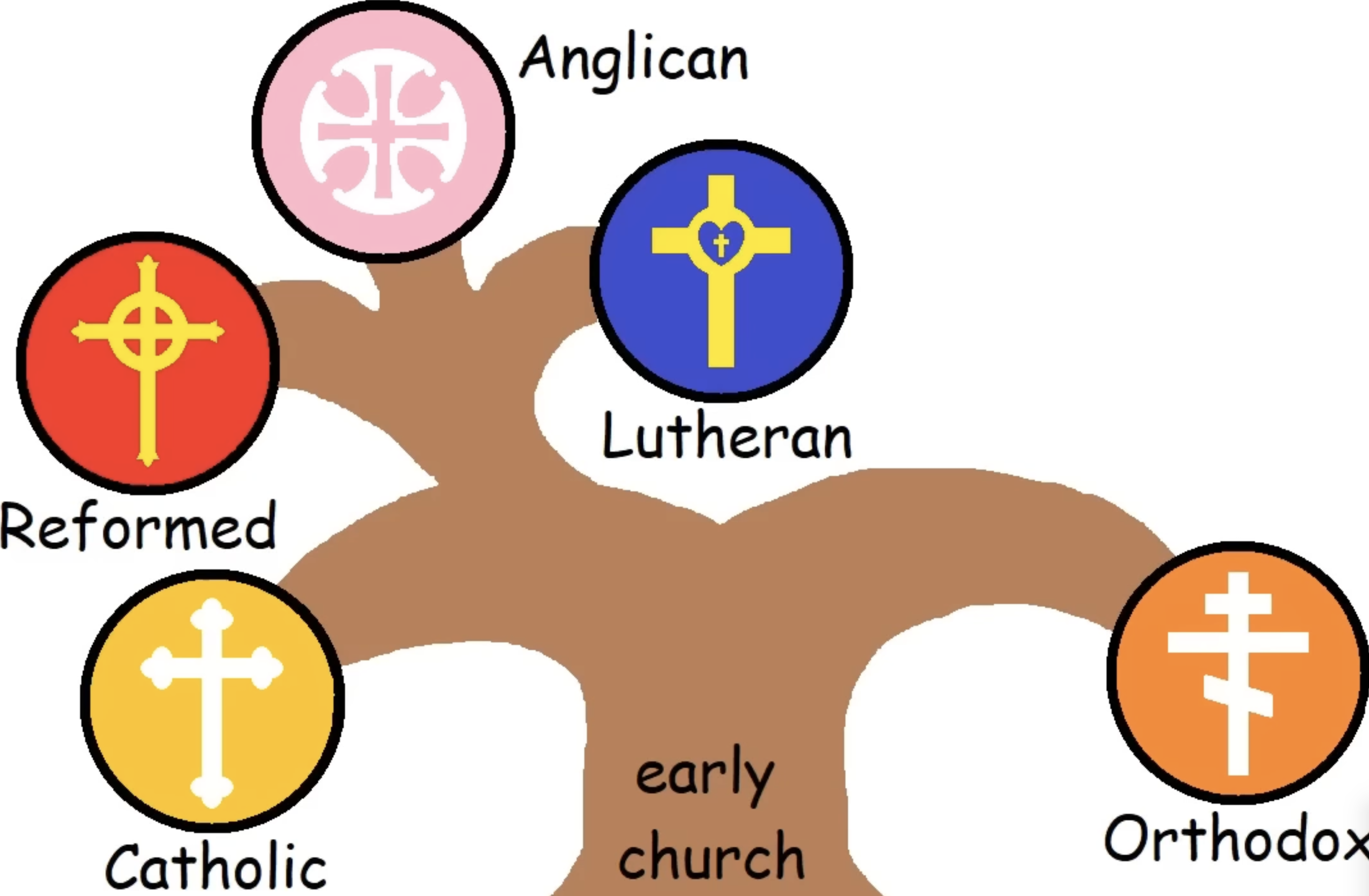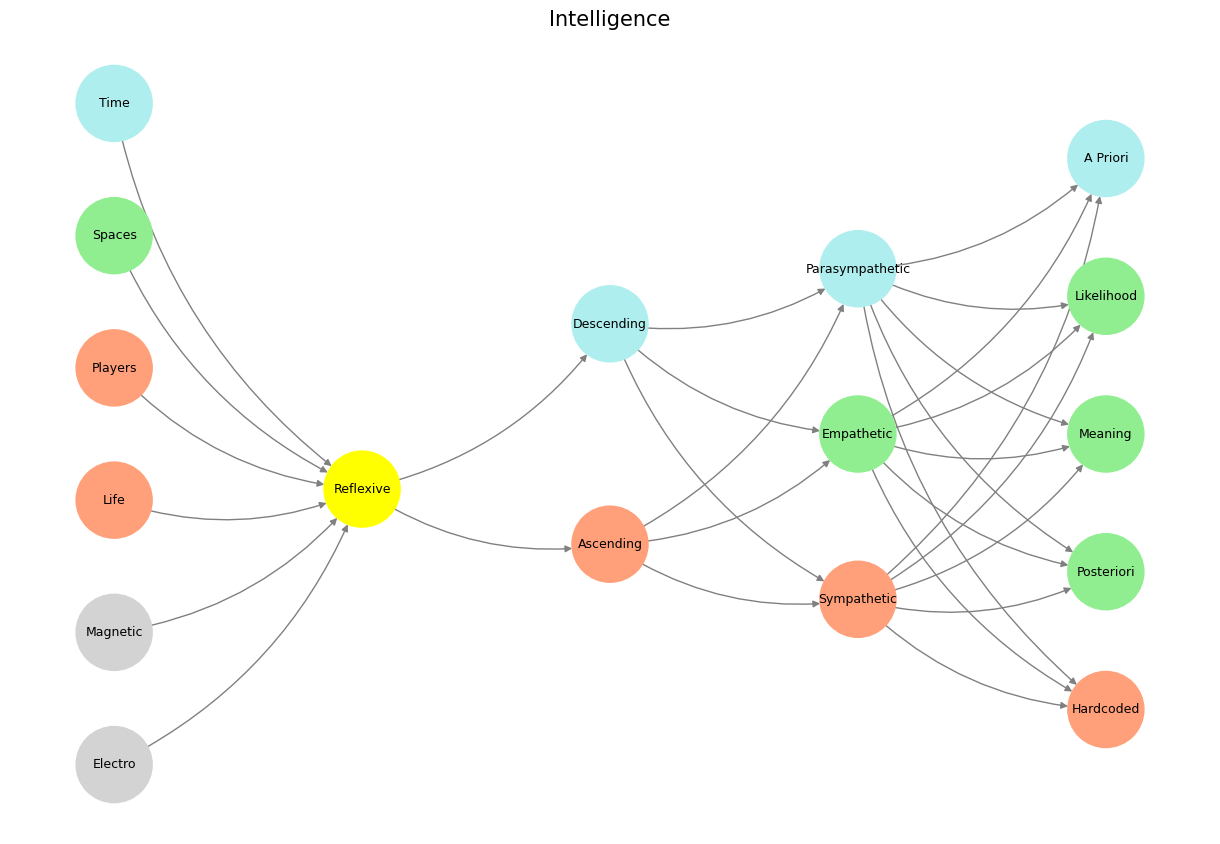Resilience 🗡️❤️💰#
Dedicated to DK
– Yours Truly
Yes, Joyce is deliberately staging a misreading of Nietzsche in Ulysses, particularly in Cyclops, and this is no accident. It’s part of Joyce’s larger strategy of parody, irony, and exposing how intellectuals and ideologues distort complex ideas for their own agendas.

Fig. 8 Casablanca. Of all the players, in all the spaces, with all the time. Source: Casablanca#
1. The “Misreading” in Cyclops—Zarathustra as a Moralist?#
The Citizen, an ultranationalist bigot, and the Cyclops narrator both show how people misuse high philosophy. The moment in question:
“He who stealeth from the poor lendeth to the Lord. Thus spake Zarathustra.”
is a textbook example of a grotesque misreading:
Nietzsche’s Zarathustra explicitly rejects Christian morality. He doesn’t endorse charity, the meek, or divine justice.
Yet, the phrase combines Christian ethical teaching (Proverbs 19:17) with Nietzsche’s prophetic style, making Zarathustra sound like a biblical preacher.
The Citizen uses high-sounding rhetoric to mask his pettiness and bigotry, which is precisely what Nietzsche hated most—the ressentiment of the weak masquerading as virtue.
By misattributing this moralizing phrase to Nietzsche, Joyce shows how people warp radical thinkers into something digestible and self-serving.
2. Joyce’s Broader Parody of Misreading Nietzsche#
Nietzschean thought was already being distorted in early 20th-century Europe.
Many nationalists, fascists, and reactionaries latched onto his idea of the Übermensch but ignored its complexities.
Joyce, ever the ironist, saw this happening and staged it in Cyclops—where the Citizen, a parochial, racist, beer-swilling bully, sees himself as the true Irishman, just as fascists would later claim to be Nietzschean supermen.
Mulligan’s Nietzschean Posturing
Buck Mulligan, Stephen Dedalus’ boisterous and mocking rival, flirts with Nietzschean irreverence but turns everything into a joke.
Nietzsche’s laughing philosopher ideal is twisted into mere cynicism, showing that half-understood Nietzsche can easily become shallow hedonism.
Stephen Dedalus as a “Failed Zarathustra”
Stephen struggles with Nietzsche’s ideas, particularly the rejection of inherited morality.
He has Nietzschean contempt for Christianity, but unlike the true Übermensch, he doesn’t affirm life—he remains brooding and detached.
This aligns with Joyce’s critique of intellectuals who read Nietzsche but fail to create their own values.
3. Joyce, Nietzsche, and the “Intentional Misreading” Strategy#
Joyce isn’t just correcting people’s readings of Nietzsche—he’s doing something deeper:
He lets fools misread Nietzsche (the Citizen, Mulligan, the Cyclops narrator) to expose how ideas get distorted in public discourse.
This is a modernist technique—rather than stating the truth plainly, he shows misreadings at work and trusts the reader to see through them.
This echoes Nietzsche’s own belief that most people misunderstand radical thinkers—which is why Nietzsche himself wrote in aphorisms, parables, and riddles.
4. The Irony: Joyce Understands Nietzsche Better Than the Characters Who Misread Him#
The key irony of Ulysses is that Joyce himself deeply engages with Nietzsche’s philosophy, but he embeds it subtly:
The eternal recurrence structure of Ulysses (one day endlessly relived).
The tension between old morality (Catholicism, nationalism) and new values (art, individualism).
The mockery of weak-willed intellectuals who posture but never create.
By allowing Nietzsche to be misquoted, misused, and misread within the novel, Joyce is pointing at a broader truth: this is what always happens to great thinkers. He’s showing us the real fate of Nietzsche—not as he wrote, but as he was interpreted, twisted, and repackaged by fools.
Conclusion: Joyce’s Misreading is Deliberate#
The “Thus spake Zarathustra” misattribution is intentional satire—showing how people misuse Nietzsche.
Joyce knew Nietzsche was already being twisted by nationalists, moralists, and pseudo-intellectuals.
Instead of lecturing the reader, Joyce lets characters reveal their own ignorance—a deeply Nietzschean move in itself.
Joyce doesn’t just read Nietzsche correctly—he anticipates how Nietzsche would be misread by the world, making Ulysses one of the most sophisticated responses to Nietzsche in literature.
Show code cell source
import numpy as np
import matplotlib.pyplot as plt
import networkx as nx
# Define the neural network fractal
def define_layers():
return {
'World': ['Electro', 'Magnetic', 'Life', 'Players', 'Spaces', 'Time', ], # Veni; 95/5
'Mode': ['Reflexive'], # Vidi; 80/20
'Agent': ['Ascending', 'Descending'], # Vici; Veni; 51/49
'Space': ['Sympathetic', 'Empathetic', 'Parasympathetic'], # Vidi; 20/80
'Time': ['Hardcoded', 'Posteriori', 'Meaning', 'Likelihood', 'A Priori'] # Vici; 5/95
}
# Assign colors to nodes
def assign_colors():
color_map = {
'yellow': ['Reflexive'],
'paleturquoise': ['Time', 'Descending', 'Parasympathetic', 'A Priori'],
'lightgreen': ['Spaces', 'Empathetic', 'Likelihood', 'Meaning', 'Posteriori'],
'lightsalmon': [
'Life', 'Players', 'Ascending',
'Sympathetic', 'Hardcoded'
],
}
return {node: color for color, nodes in color_map.items() for node in nodes}
# Calculate positions for nodes
def calculate_positions(layer, x_offset):
y_positions = np.linspace(-len(layer) / 2, len(layer) / 2, len(layer))
return [(x_offset, y) for y in y_positions]
# Create and visualize the neural network graph
def visualize_nn():
layers = define_layers()
colors = assign_colors()
G = nx.DiGraph()
pos = {}
node_colors = []
# Add nodes and assign positions
for i, (layer_name, nodes) in enumerate(layers.items()):
positions = calculate_positions(nodes, x_offset=i * 2)
for node, position in zip(nodes, positions):
G.add_node(node, layer=layer_name)
pos[node] = position
node_colors.append(colors.get(node, 'lightgray'))
# Add edges (automated for consecutive layers)
layer_names = list(layers.keys())
for i in range(len(layer_names) - 1):
source_layer, target_layer = layer_names[i], layer_names[i + 1]
for source in layers[source_layer]:
for target in layers[target_layer]:
G.add_edge(source, target)
# Draw the graph
plt.figure(figsize=(12, 8))
nx.draw(
G, pos, with_labels=True, node_color=node_colors, edge_color='gray',
node_size=3000, font_size=9, connectionstyle="arc3,rad=0.2"
)
plt.title("Intelligence", fontsize=15)
plt.show()
# Run the visualization
visualize_nn()


Fig. 9 Poetic Scottish Commentator. Of all the gin joints in all the towns in all the world she walks into mine – ! Improving even better than Sam!#

